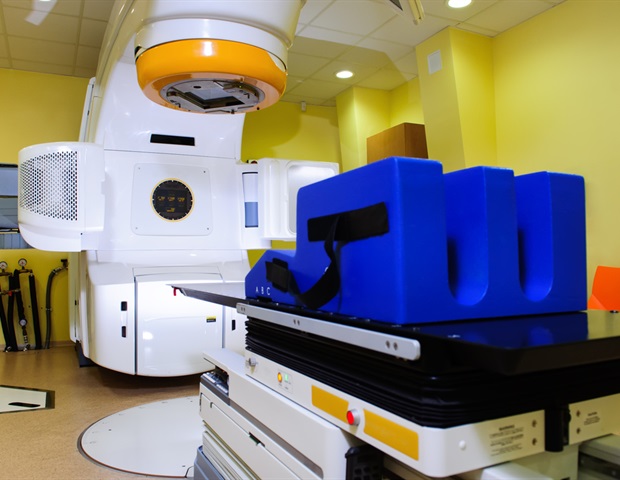A new study led by Claus M. Azzalin, group leader at Instituto de Medicina Molecular João Lobo Antunes- iMM and published today in the prestigious scientific journal Proceedings of the National Academy of Sciences (PNAS) shows, for the first time, that the cell’s anti-aging structures – the telomeres – can set the damage threshold a cancer cell can sustain and above which cells cannot continue to divide and die. These results open new possibilities for cancer therapeutics.
Telomeres are the ends of chromosomes that keep shortening at each cell division, functioning as a cell aging clock. The majority of cancer cells are able to stop this aging clock through the action of telomerase, a molecule that counteracts the shortening of chromosome ends. But approximately 10% of the human tumors are made of a type of cancer cells – ALT cells – that are able to maintain their telomeres without the action of telomerase and are particularly resistant to conventional chemotherapies. ALT cells are able to keep controlled levels of DNA damage in their telomeres at each cell division, and this feature is required for their telomeres to be elongated, thus allowing them to divide indefinitely.
Now, Bruno Silva and Claus M. Azzalin at iMM have discovered that the source of this damage is TERRA, an RNA molecule produced from the telomeres. “When the levels of TERRA are increased, the damage at telomeres also increases and this becomes so heavy that even a cancer cell that usually is more resistant, is not able to multiply anymore”, starts to explain Bruno Silva, first author of the study. “Previously, we discovered that this molecule – TERRA – has an important role in this process of damaging the DNA. Now, we figured out what molecular mechanism happens inside these ALT cells”, adds Claus M. Azzalin.
While in normal cells, TERRA is only present at very low levels and its physiological function is still largely unknown, in ALT cells TERRA molecules are naturally more abundant. However, when the research team used molecular tools to further increase the levels of TERRA inside the ALT cancer cells, they observed accumulation of damage in the DNA of the telomeres. “This manipulation has two outputs for the ALT cancer cell: first, the maintenance of the damaged telomere is activated and second, to restore this damage, other telomeres are used and lost. The consequence for the cancer cell is catastrophic! The cell cannot take multiple damaged telomeres and stops dividing”, explains Bruno Silva.
On the importance of these results, Claus M. Azzalin adds: “This makes TERRA a uniquely versatile target for therapy. By decreasing its levels we can block telomere maintenance, as we have shown before, while by increasing TERRA levels, we can rise the damage to levels that are not sustainable even for a cancer cell, eventually leading to cell death”. These exciting results open a new window for the development of therapeutic protocols for treatment of ALT cancers based on the manipulation of TERRA production.
This work was carried out at the iMM and was funded by the Health & Research program of the “la Caixa” Foundation, the Fundação para a Ciência e a Tecnologia (FCT, Portugal), and European Molecular Biology Organization (EMBO).
Source:
Instituto de Medicina Molecular
Journal reference:
Silva, B., et al. (2022) The alternative lengthening of telomeres mechanism jeopardizes telomere integrity if not properly restricted. PNAS. doi.org/10.1073/pnas.2208669119.





